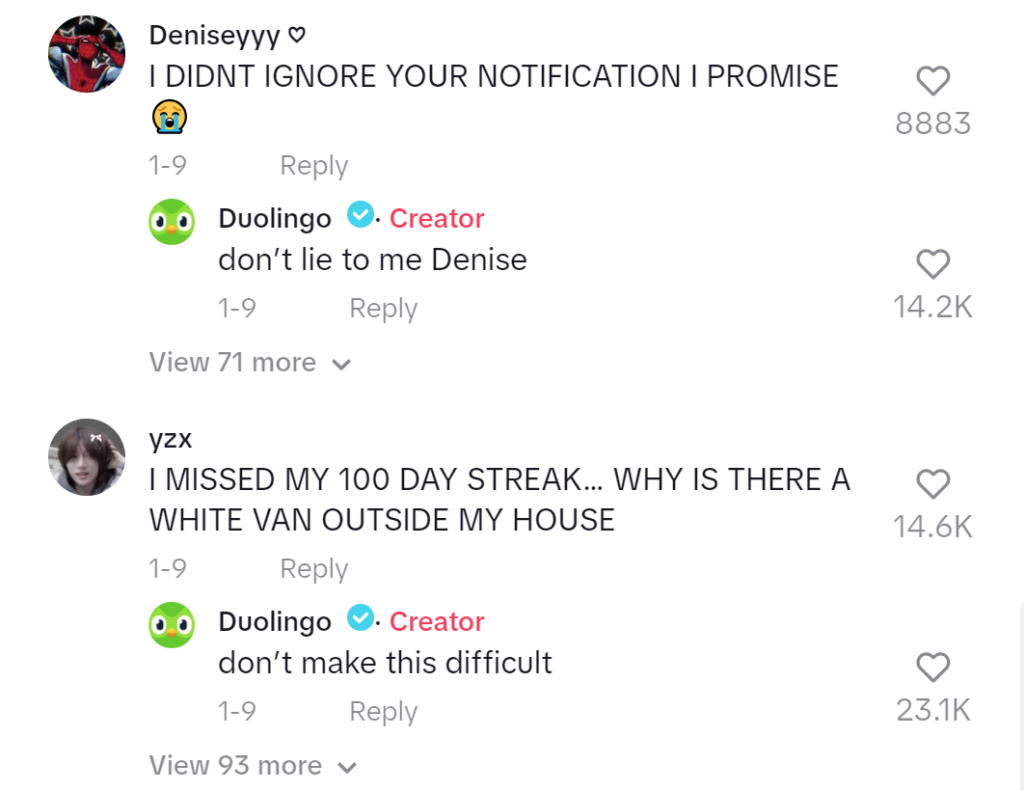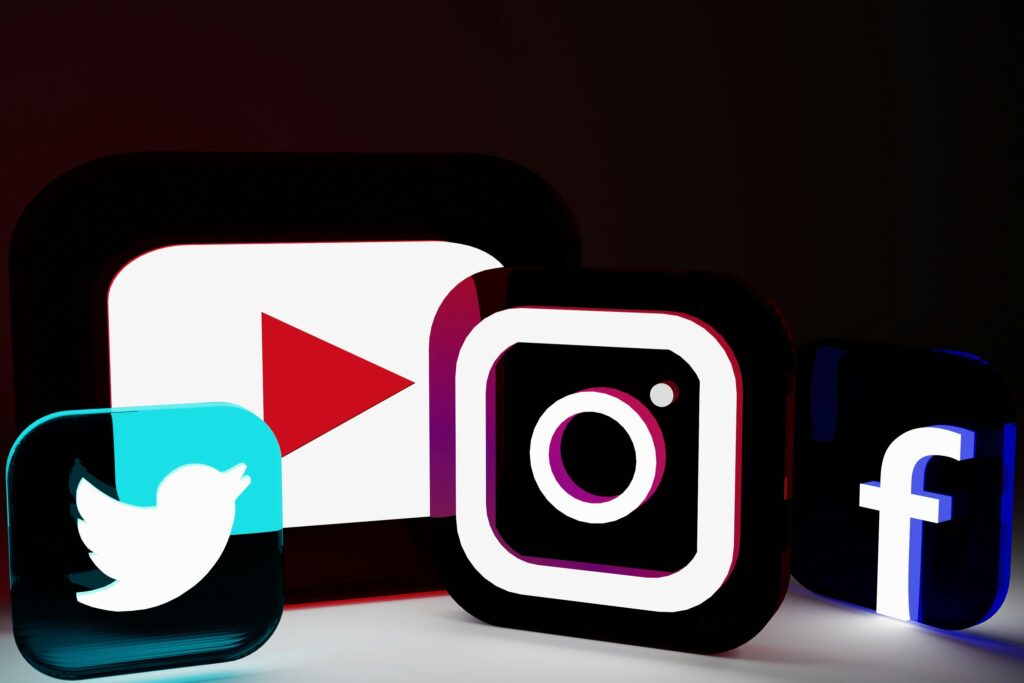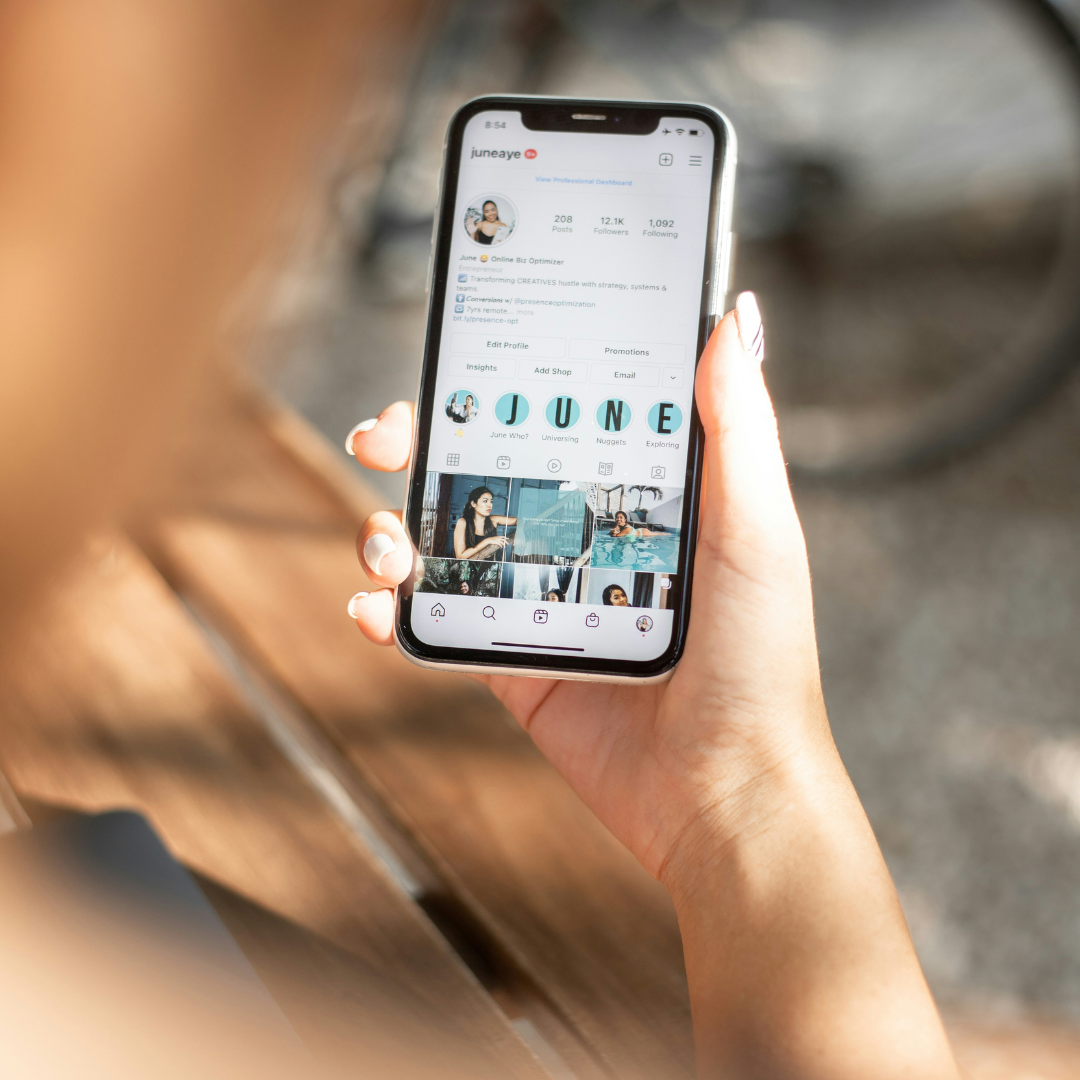want expert advice on your website? get in touch for a free website audit
book your free website audit
With the introduction of social media and its heavy influence on consumer behaviour, it has completely flipped the script on marketing strategies. Gone are the days of print ads, TV commercials, and direct mail. Social media is now the new “it girl”. Platforms like Facebook, Instagram, and LinkedIn have brought about a new era of marketing, giving businesses a whole new way to reach their audience.
So, why is social media such a big thing in marketing? Well, first and foremost, it brings about that real-time engagement customers have been waiting for quite some time. Unlike static print ads or pre-recorded TV ads, users no longer need to wait around for a response. Brands can jump straight into conversations and answer any questions as they happen. This direct line is perfect for building relationships and receiving valuable feedback.
What’s even better is the personal touch social media brings. It’s not just about pushing one-size-fits-all ads in people’s faces. It’s also about delivering personal content that speaks directly to your audience. The “salesy” tactics get thrown out of the window and what’s left is the valuable posts you put out. When you deliver a message that’s tailored to your audience, you build a community around your brand. And when you’re open and honest, people take notice. That’s how you earn trust and credibility.
In this blog, I go over how social media has changed marketing strategies. Plus, I take a closer look into how consumers use social media these days and some insider tips on how you can make social media work for you and your business.
Marketing Before Social Media:
Let’s take a stroll down memory lane before social media completely took over our lives. Back then, businesses relied on traditional methods such as print ads, direct mail, TV, and radio commercials. On top of all that, businesses also got creative with offline events like product launches, trade shows, and promotional activities. These offline events were opportunities for making those face-to-face connections and showing off what they had to offer in person.
These methods relied heavily on eye-catching visuals and persuasive copy. While these ideas still hold true in social media marketing today, brands are now opting for creating content that actually means something to their audience, instead of simply promoting what they have to offer. By mixing these old-school techniques with the power of social media, businesses can whip a killer marketing strategy that covers all the bases.
And let’s not forget about word-of-mouth marketing, perhaps one of the oldest forms of promotion. Satisfied customers would share their positive experiences with anyone who would listen, becoming mini brand ambassadors within their social circles. While word-of-mouth marketing still exists, social media has put a modern twist on this age-old technique. Now, people share their love for a business, product, or service online. This especially grew in popularity after the rise of referral and affiliate programs, where customers spread the word in exchange for a reward.
The Impact of Social Media on Consumer Behavior:
Social media platforms have a lot of influence on what consumers buy. These platforms have turned into our very own personal shopping assistants. We log on, scroll through our feeds and we’re hit with products and recommendations from influencers and friends. It’s crazy to think how something we never even considered buying can suddenly become a must-have item, just because our favourite influencer or internet celeb gives it their stamp of approval. Social media isn’t just about posting selfies anymore, it’s become a giant source of inspiration for purchases, as internet users discover new products and trends with just a few clicks.
And it’s not just about what consumers buy but also why they buy. Social media has changed the way consumers do their homework before hitting the “purchase” button. This is thanks to the rise of user-generated (UGC) content and reviews floating around. Users can now make much smarter choices based on real people’s experiences. Hearing from real people who’ve tried something is way more trustworthy than just listening to a brand’s sales pitch.
Take skincare for example. If someone with skin just like yours is raving about a product, you’re probably going to sit up and take notice. It’s all about that trust factor – knowing that what works for them might just work for you too.
Additionally, social media has changed marketing through the way consumers interact with brands. No more waiting around for an email response trying to find their answers. Now, brands are just a DM away, ready to chat with users in real-time. A great example of this is Duolingo. Their TikTok comment section is basically a goldmine of brand-consumer interaction. They’re not just replying to comments – they’re getting in on the latest TikTok jokes and memes, making the whole experience feel like you’re chatting with a friend. This helps build meaningful relationships and the desired brand image. When a company takes the time to interact with its customers like that, it makes them feel like they’re a part of a community.

You may also like: 11 Costly Social Media Marketing Mistakes to Avoid!
The Impact of Social Media on Businesses:

Social media has not only had an impact on consumers but also on businesses. It has prompted businesses to completely rethink their marketing approach. Businesses can’t afford to sit on the sidelines and having a killer online presence is key. This means creating captivating content that grabs people’s attention and gets them talking. Whether it’s through eye-catching video content, teaming up with influencers, or sharing user-generated content, there are so many ways to get your brand out there and connect with a bigger audience.
Furthermore, social media platforms allow businesses to create targeted ads that are tailored to specific demographics. By leveraging the goldmine of user data analytics, businesses can create ads that make users feel like they were made just for them. It’s all about hitting the right people with the right message at the right time – and getting your money’s worth.
Social media platforms can also provide all sorts of insightful data into your audience’s behaviours and preferences. Businesses can tap into all that data to fine-tune their marketing efforts. By taking on a data-driven approach, brands can create campaigns that are incredibly spot-on.
And let’s not forget about keeping tabs on the competition. With social media, you can analyse what your competitors are up to so you can get more information about industry trends and monitor competitors’ activities. Are they launching a new product? Running an exciting campaign? Jumping on the latest trends? You’ll know it all. But it’s not just about stalking the competition (although that’s pretty fun too!). It’s also about staying ahead of the game. By keeping a close eye on what your competitors are doing, you adapt your marketing strategy to gain a competitive edge as well as spot industry trends before they even become viral.
Influencer Marketing:

You’ve probably heard the term “influencer” thrown around a lot lately. But, what exactly are influencers? Well, it’s pretty much exactly what it sounds like. They’re people who influence their followers’ opinions and purchasing choices. These influencers have built up a crazy level of trust with their followers to the point where people are quick to buy when they recommend something. Collaborating with influencers allows brands to tap into the massive following and credibility they have.
Influencers have mastered the art of making us all suffer from FOMO – fear of missing out. With their perfectly curated posts showing off their seemingly perfect lives and all the latest must-have stuff, they’ve got us all feeling like we’re missing out.
Smart brands have started to take notice and are using that FOMO to their advantage. They’re starting to create this sense of exclusivity around their products, making their customers feel like they’ve got to buy before they’re all gone. From limited-time deals to teaming up with influencers for flashy collabs, they’ve got us hitting that “buy now” button faster than ever before.
Social media has also given ordinary customers a platform to share their thoughts and experiences, and users are eating it up. They prefer the authenticity of these user-generated content and use the content they produce as a source of purchasing information. UGC isn’t just great for consumers. It’s also a huge win for businesses. It’s free advertising in its most authentic form and goes a long way in winning over your audience’s hearts. It also allows brands to showcase genuine customer experiences and build some serious credibility.
If you’re thinking of working with influencers, you’ve got to be smart about it. It’s important to not get sucked into the vanity metrics as it doesn’t show the whole story. The number of followers an influencer might look impressive but means nothing if they haven’t got the engagement to back it up. Instead, take a closer look at their posts. Are people liking, commenting, and engaging with what they’re sharing? Even better, are people buying the products they’re recommending? That’s the real test right there. It’s worth taking some time to do your research because, at the end of the day, it’s not about the numbers. It’s about finding influencers who can really connect with your audience and get them excited about what you’re offering.
As much as many brands thrive off of influencer marketing, there’s definitely a downside to it too. Over the years, social media users have caught onto the fact that these influencers are being paid to show off a product or service. When users know someone’s getting paid to talk about a post, it makes them question if they’re being genuine or just in it for the paycheck.
This has brought about the new trend of “Deinfluencing” which is when creators discourage consumers from buying products that are trending. This new trend is a wake-up call for consumers to think twice before believing the hype. It’s extremely refreshing to see people take a stand and keep it real. However, Deinfluencing could cause major harm to a brand.
Key Trends: Reasons Why Social Media Has Changed Marketing Strategies:
I think it’s safe to say that social media has changed marketing strategies and how we marketers view it. I mean, we’re living in a world where businesses can’t afford to ignore the power of platforms like Facebook, Instagram, and YouTube. And with all these changes, there are some pretty exciting trends shaping the future of social media marketing:
- Video Content: Nowadays, it’s pretty much the norm to spend hours scrolling on TikTok. Whether, it’s early in the morning, or the night right before bed, users are consuming video content more than ever before. They’re everywhere, and for good reason. They’re great tools to grab your audience’s attention and pull them in with dynamic storytelling.
- Algorithm Changes: Social platforms are also continuously changing. Platforms such as Facebook and Instagram keep marketers on their toes by tweaking their platforms to keep users engaged. This means you need to be quick to adapt your strategies and stay up-to-date with these changes to create content that hits the mark.
- Social Commerce: Social commerce combines your favourite social media apps with online shopping allowing users to shop without ever leaving their favourite app. With in-app purchase options seamlessly integrated into these platforms, users can purchase right from their feed and buying has never been easier. No need to jump from app to app or open up a million tabs.
- B2B Marketing: Social media isn’t just relevant to B2C companies – it’s also changing things up for B2B businesses. While B2C companies use social media to connect with individual consumers B2B brands are taking a slightly different approach. They’re using social media to build relationships and showcase their expertise. Instead of straight-up selling products, they’re sharing valuable insights, joining industry groups, and showing off what makes them stand out in their field. It’s using social media to boost credibility and visibility among other businesses.
You may also like: B2B Marketing Through the Power of LinkedIn!
Tips For Leveraging Social Media Marketing:
- Have a clear plan and strategy in place
- Identify and understand your target audience
- Use multiple forms of content
- Keep an eye out for industry trends
- Conduct competitor analysis
- Track your analytics
Closing Thoughts:
I think it is safe to say that social media has changed marketing strategies entirely. The days of traditional marketing methods have long gone and given way to platforms that thrive on real-time engagement and community-building.
Social media isn’t just a place to catch up with friends or post selfies anymore. It has become a tool for finding product information, reviews, recommendations, etc. And for businesses, it’s like having a direct line to their dream customers, with all the data they could ever dream of right at their fingertips.
This shift has brought about a brand new era of marketing where providing value is so much more important than pushing the same old sales pitch to all your customers. And this doesn’t just apply to social media either. I’m talking about everything from email campaigns to blogs, infographics, and those informative in-depth guides. It’s about providing content that’s entertaining and helpful, rather than just trying to sell, sell, sell.
